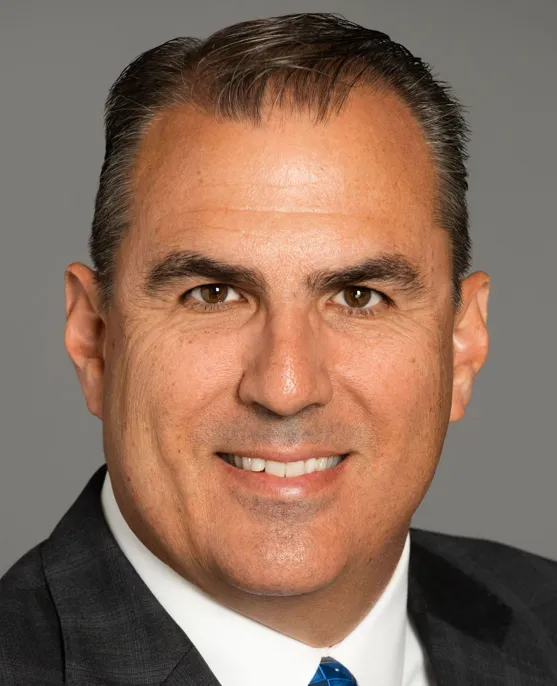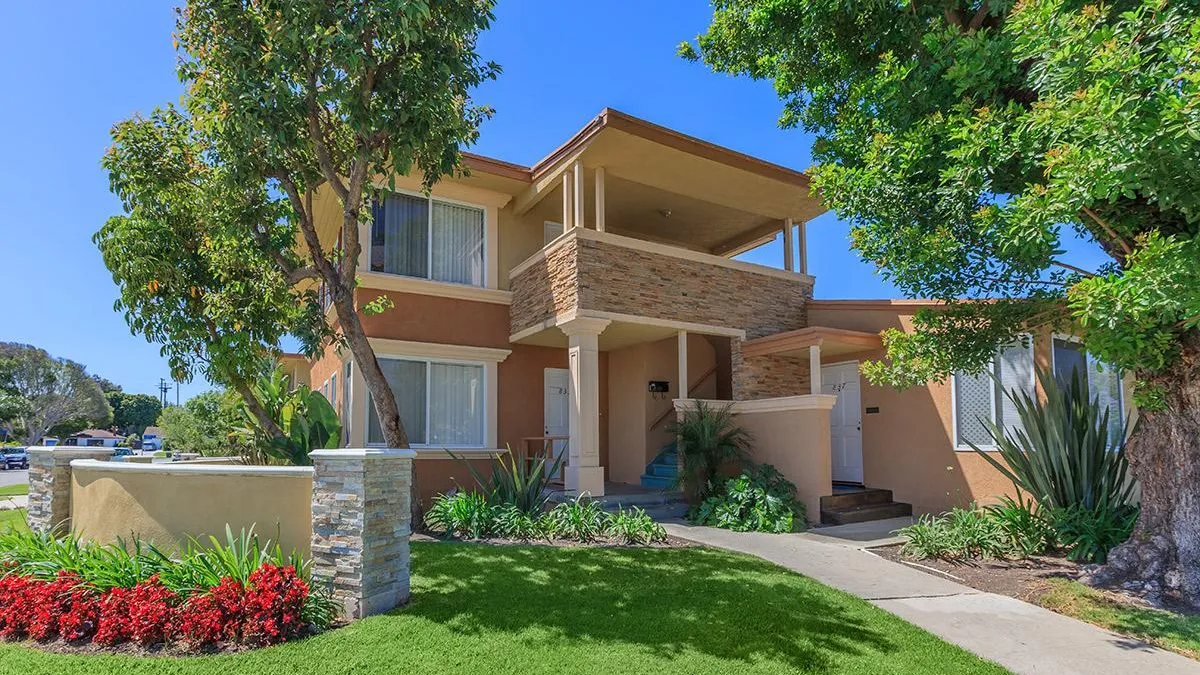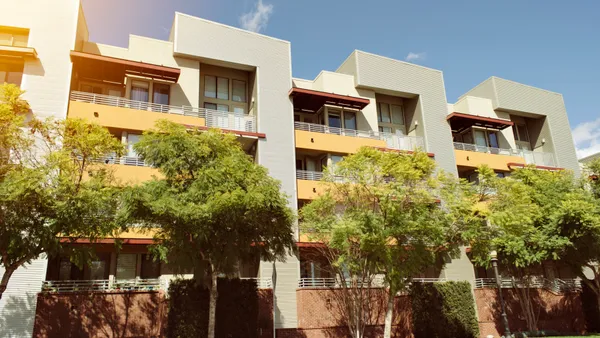BH Properties, not to be confused with Des Moines, Iowa-based top 10 apartment owner BH Management, has carved out a niche in industrial, office and retail with a 10 million-square-foot portfolio of commercial real estate assets.
But Los Angeles-based BH Properties also owns more than 2,000 multifamily units. And, with a new initiative to build a $1 billion portfolio of affordable housing assets, the company is set to become a big player in the apartment space.
To lead the charge, it hired Bill Stoll, who has transacted more than $6 billion in his career, as managing director. He spent the last 14 years at Irvine, California-based apartment owner, manager and developer Steadfast Cos.
BH Properties' new platform will focus on low-income housing tax credit, Section 8 and age-restricted housing throughout the United States. It will target assets with 100 or more units, typically following the expiration of the 15-year compliance period, but not their extended use period, which means another 15 years of income restrictions. The company plans to hold the properties for as long as a decade.
In a release announcing Stoll’s hiring, BH Properties President Jim Brooks said the company’s affordable housing strategy would be “driven by the annuity-like nature of the income stream and not the assumption of tax credits.”
But collecting consistent rents isn’t the only advantage to moving into affordable housing, according to Stoll. “If the economy falters here in the next year or two, then when you're at a max tax credit rent — $200 to $300 and up to $500 below what the market rent is — you feel very confident and safe that you're going to continue to make the cash flow on that property,” he told Multifamily Dive.
Here, Stoll talks with Multifamily Dive about the competition for income-restricted communities, how BH is underwriting acquisitions and how it will fund these purchases.
This interview has been edited for brevity and clarity.
MULTIFAMILY DIVE: How many acquisitions do you plan to make over the next couple of years?
BILL STOLL: We're going to do $100 million in affordable housing this first year, and then build it to $250 million a year for the next four years. [BH properties] is also going to be doing $350 million this year in opportunistic purchases in other [real estate] categories. They’re not going away from that. They're just augmenting what we’re doing with affordable housing.
What is the competition like for income-restricted affordable projects right now?
It's way down from what it was in 2019 and post-COVID when everything opened up again. It's still challenging just because debt is driving it. A lot of owners are saying, “Why don't we wait and we can get more money down the road? Most of these properties are cash flowing.”

But I don't think it's down as much as market rate because almost all these affordable properties have been owned for 15 years. So they’ve made money, even if they’re not worth what they were a year or a year-and-a-half ago. Those are the conversations that are happening with a lot of these sellers. They're all making plenty of money at the end of the day if they've held it for 15-plus years.
How are you projecting rents at these properties?
With inflation, the area median income has been going up over the last couple of years. Your first year or so, you're able to get a little bit more ramp-up in rents, at least that’s what I’m underwriting. Then you’ll get 2% or 3% on a more consistent basis depending on the market.
So it's just going to be an annuity but, at the end of the 10 or 15 years when the extended use agreement has expired, you have some options whether you resyndicate it, make it market rate or just sell.
How are you projecting potential upgrades at these properties?
We’re looking at deferred maintenance, which would be a couple of thousand dollars a unit on the day one budget. We don’t want to buy something that’s super old. But it all depends on the opportunity.
If you count back 15 years from today, that's 2008. The nice 15- to 20-year-old buildings are really what we're focused on. And we have a real interest in age-restricted properties too. So if we can get some age-restricted properties in the LIHTC format, we're going to have a strong interest.
You’re looking for properties in Texas, California, Arizona and Colorado. What is the attraction to those states?
The driver is just the delta between market rents and max tax credit rent. You have good growth there in incomes, jobs and population. So it just becomes more of a fundamentals issue.
How do you plan to fund the purchases?
It’s all family equity. It's all sourced at BH. We’re not looking to do any limited partnerships or any type of syndication.
Click here to sign up to receive multifamily and apartment news like this article in your inbox every weekday.











